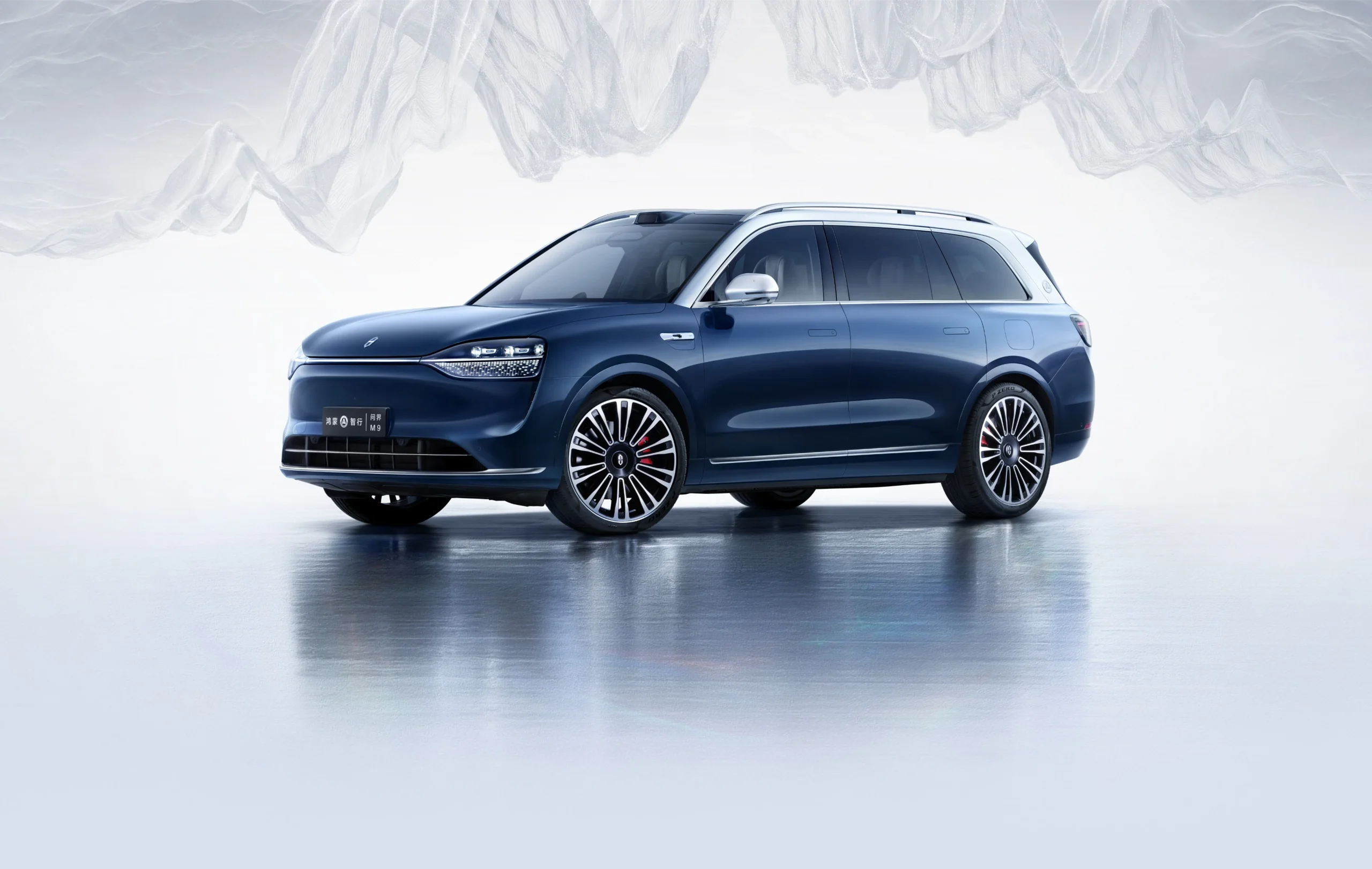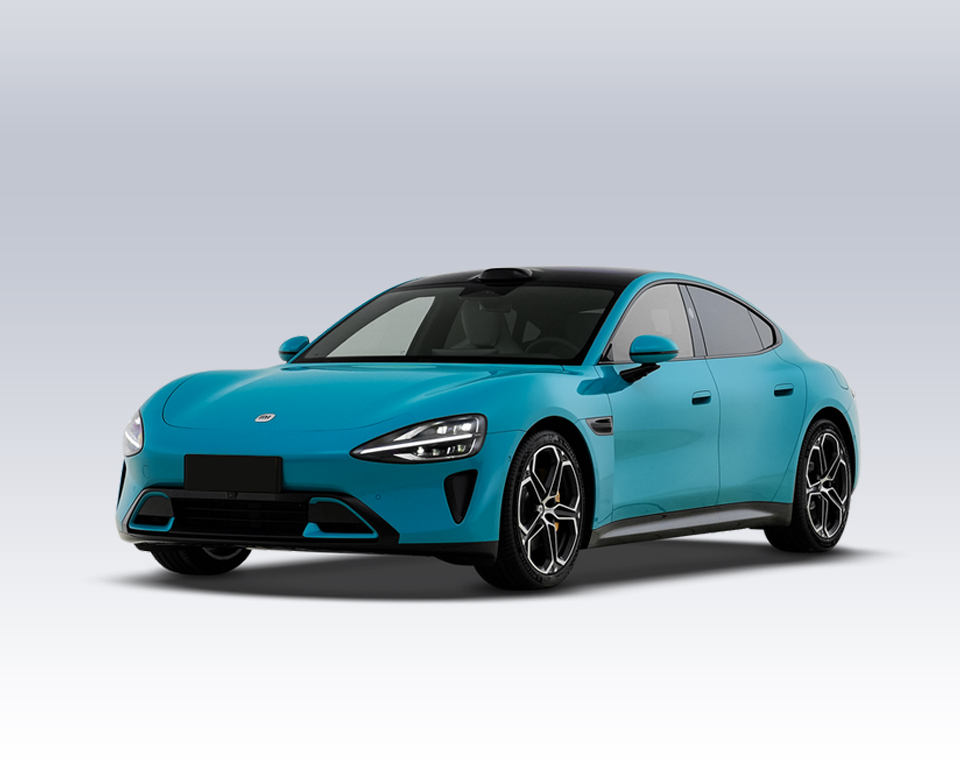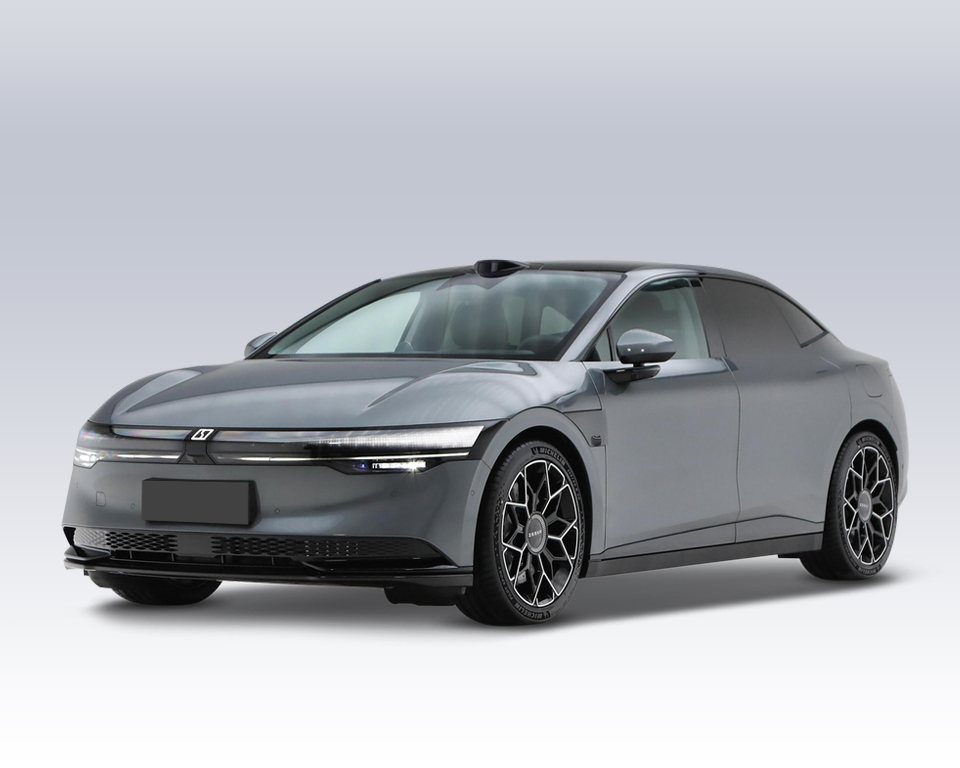How is the Range Achievement Rate of New Energy Vehicle Batteries?
As the global popularity of new energy vehicles continues to rise, battery range has become one of the key concerns for consumers. However, many users have noticed that the actual range experienced during driving often differs from the manufacturer’s advertised range. This discrepancy is known as the “range achievement rate,” which refers to the comparison between the battery’s actual performance and its theoretical range during real-world usage. Throughout 2024, Dongchedi (a Chinese automotive portal) conducted range tests on over 400 popular electric vehicle models in the Chinese market. The results showed that all models achieved a range achievement rate of over 66%, with the highest reaching 85.8%, and an average rate of 70%. In this article, we will explore the current state of EV range achievement rates, analyze the key factors that influence this performance, and discuss future trends in battery technology.

1. Definition of Battery Range
First, it is important to understand the definition of battery range. Battery range refers to the maximum distance a vehicle can travel on a single full charge. This concept is similar to the range of traditional gasoline-powered vehicles, but instead of being measured by fuel, the range is determined by the battery’s capacity. This distance is typically expressed in kilometers (km). For example, if an electric vehicle can travel 200 kilometers on a full charge, then its range is 200 kilometers. Currently, the range of mainstream NEVs generally falls between 300 and 600 kilometers, with some high-end models even reaching 700 kilometers or more.
2. Range Test Standards
In the field of NEVs, range is typically measured according to various testing standards. Different countries and regions adopt different testing methods and driving condition simulations to assess the range of electric vehicles. As a result, the same electric vehicle may show different range figures depending on the standard used. For example, an electric vehicle that achieves a range of 600 kilometers under the NEDC standard may only reach 550 kilometers under the CLTC standard. Therefore, it is crucial for consumers to understand the testing standard used when comparing vehicle range.

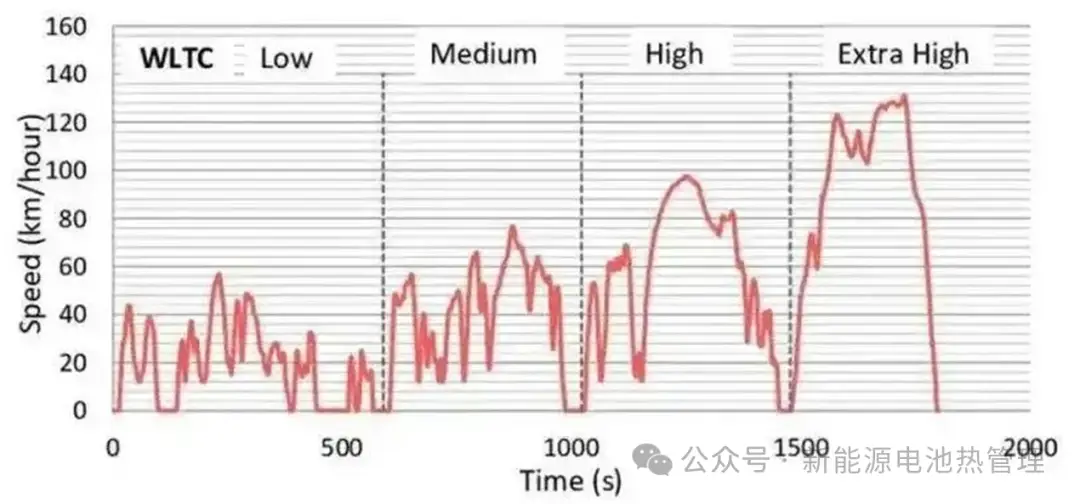
1. NEDC (New European Driving Cycle) NEDC (New European Driving Cycle) is the standard that was previously used in Europe to simulate urban and suburban driving conditions. Since the test conditions are relatively ideal, the range figures produced by the NEDC tend to be higher, but the actual range achievement rate is often lower. The NEDC results are typically higher than other standards and have gradually been replaced by WLTP.
- Idealized test conditions with fewer dynamic factors from real-world driving.
- Produces longer range figures, especially suited for low-speed urban driving.
2. WLTP (Worldwide Harmonized Light Vehicles Test Procedure) WLTP is the current standard used in Europe and is stricter than NEDC, offering a more realistic reflection of actual driving conditions. It simulates a wider variety of driving scenarios, including urban, suburban, and highway driving, so its range data is closer to real-world usage than NEDC.
- Simulates various driving scenarios, including urban, suburban, and highway.
- Stricter testing, resulting in lower range data than NEDC but closer to real use.
3. CLTC (China Light-Duty Vehicle Test Cycle) CLTC is China’s latest range testing standard for NEVs, introduced in 2021 to replace the previous C-TVC standard. CLTC is more aligned with actual driving conditions in China, especially in urban environments. Although closer to real-world performance than NEDC, it is still somewhat idealized compared to WLTP.
- Tailored to Chinese urban driving conditions.
- Produces relatively higher range figures but remains higher than EPA.
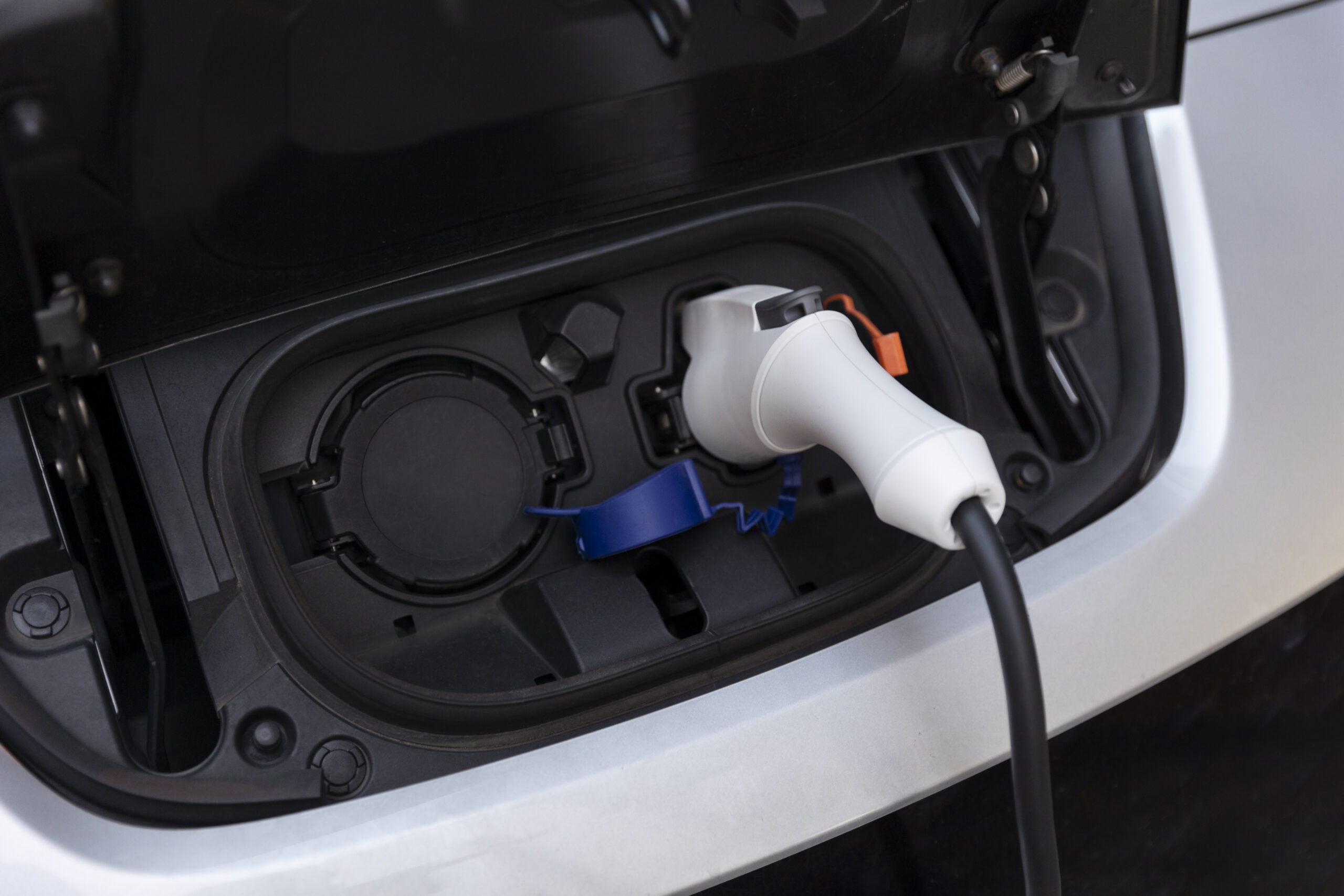
3. Factors Affecting NEV Battery Range
1) Battery Capacity: The Foundation of Range Battery capacity is the primary factor affecting range. The larger the battery capacity, the more energy the vehicle can store, and the longer the range. NEVs typically use lithium-ion batteries, with typical capacities ranging from 50 kilowatt-hours (kWh) to 100 kWh. Some high-end models have capacities exceeding 100 kWh. For instance, the Tesla Model S Plaid has a 100 kWh battery with an advertised range of up to 418 miles (around 672 km), while smaller electric cars like the BYD Seagull have a 30 kWh battery and a range of around 190 miles (around 305 km).
However, it’s important to note that the actual usable battery capacity is not always 100%. As the number of charge-discharge cycles increases, battery capacity gradually declines. According to a study in Nature, when a lithium-ion battery’s capacity drops to 80% of its original value, it’s typically considered the end of its life, and the range will significantly decrease. Thus, battery capacity is not a fixed value, and battery aging will gradually affect its energy storage capacity and range performance.
2) Energy Efficiency: Consumption Determines Range Energy efficiency refers to how much energy the vehicle consumes per kilometer. This is influenced not only by battery technology but also by the vehicle’s design, weight, and aerodynamics. For example, an SUV, which is heavier than a small electric sedan, may have the same battery capacity but higher energy consumption, resulting in a shorter range.
Experimental data shows that, on average, electric vehicles consume between 0.15 kWh and 0.20 kWh per kilometer, while more efficient models like the Xiaomi SU7 can have an energy consumption as low as 0.12 kWh per kilometer. On the other hand, larger and heavier electric vehicles, such as the Li Auto L9 or BYD Yangwang, typically consume more than 0.23 kWh per kilometer. This demonstrates that vehicle design, weight, and structure significantly impact energy consumption and, consequently, range.

3) Driving Habits and Environment: Dynamic Factors Affecting Range Driving habits have a direct and significant effect on battery range. Aggressive driving behaviors, such as frequent rapid acceleration, braking, and high-speed driving, will increase energy consumption and shorten the range. Conversely, smoother driving (e.g., maintaining a steady speed, using regenerative braking systems efficiently) helps to extend range.
According to a study in the Journal of Power Sources, when a vehicle is driven at high speeds (over 120 km/h), energy consumption increases significantly, reducing range by 30% to 40%. Additionally, the use of regenerative braking can effectively extend range. By converting the vehicle’s kinetic energy into electrical energy during deceleration and braking, this process can increase range by 5% to 10%.
External environmental conditions also have a significant impact on range. Temperature is a critical factor, with extreme temperatures (above 40°C or below 0°C) affecting the chemical reactions inside the battery, leading to unstable range performance. For example, in low-temperature conditions, the viscosity of the electrolyte in lithium-ion batteries increases, slowing down ion movement, which results in reduced battery capacity and discharge efficiency. Experimental data shows that when temperatures drop below 0°C, battery capacity may decrease by around 20% to 30%, directly affecting vehicle range.
In high-temperature environments, the chemical reactions inside the battery accelerate, leading to faster battery aging. According to a study in Electrochimica Acta, in high temperatures (above 40°C), the decomposition rate of the battery’s electrolyte increases, shortening battery life and reducing range. Experiments show that batteries used for long periods at 40°C have a capacity decay rate twice that of batteries used at 25°C.
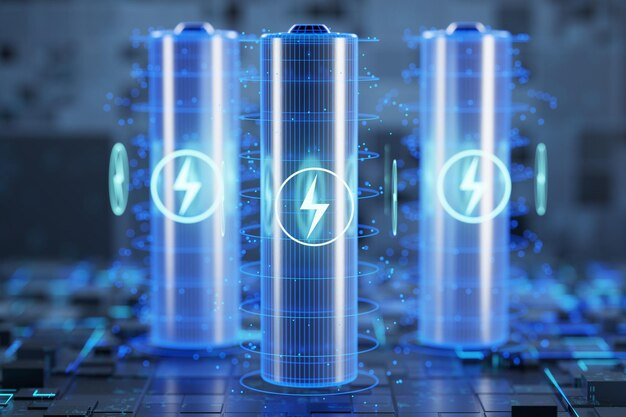
4) Charging Modes: The Impact of Fast Charging on Range Charging modes have an important effect on battery range. NEVs generally support both fast charging and slow charging modes. Although fast charging can quickly charge the battery in a short amount of time, it places more stress on the battery. Frequent use of fast charging, especially over a long period, can accelerate battery capacity decline.
According to research by the U.S. Argonne National Laboratory, frequent use of fast charging (such as DC fast charging) can accelerate the battery’s chemical reactions, and after 500 fast charge cycles, the battery’s capacity may drop below 80%. In contrast, batteries that use slow charging can retain more than 90% of their original capacity after 1,500 cycles. Thus, reducing the frequency of fast charging can help extend battery life and improve range performance.
4. How to Improve Battery Range?
Effectively managing charging strategies, reducing the use of fast charging, adopting suitable driving habits, and controlling driving conditions can significantly improve battery range and extend the lifespan of your battery. For more detailed information, please refer to related articles: How to Properly Maintain Your EV Battery for Longevity:Reasonable Charge-Discharge Cycle.

5. Future Trends in Range Development
Solid-State Battery Technology Solid-state batteries are considered a core breakthrough for the next generation of batteries. Unlike traditional lithium-ion batteries that use liquid electrolytes, solid-state batteries use solid electrolytes, which can significantly improve energy density and reduce the risk of thermal runaway. This means solid-state batteries are not only safer but can store more energy in the same volume, substantially extending the range of NEVs.
Silicon Anode Batteries Silicon anode technology is another highly anticipated breakthrough. Current lithium-ion batteries mostly use graphite as the anode material, while silicon anodes can offer higher energy storage capacity, as silicon has 10 times the theoretical capacity of graphite. Although silicon anodes undergo significant volume changes during charging and discharging, which can affect battery life, recent research progress suggests that through advances in nanotechnology and synthetic materials, silicon anode batteries could become commercially viable within a few years.
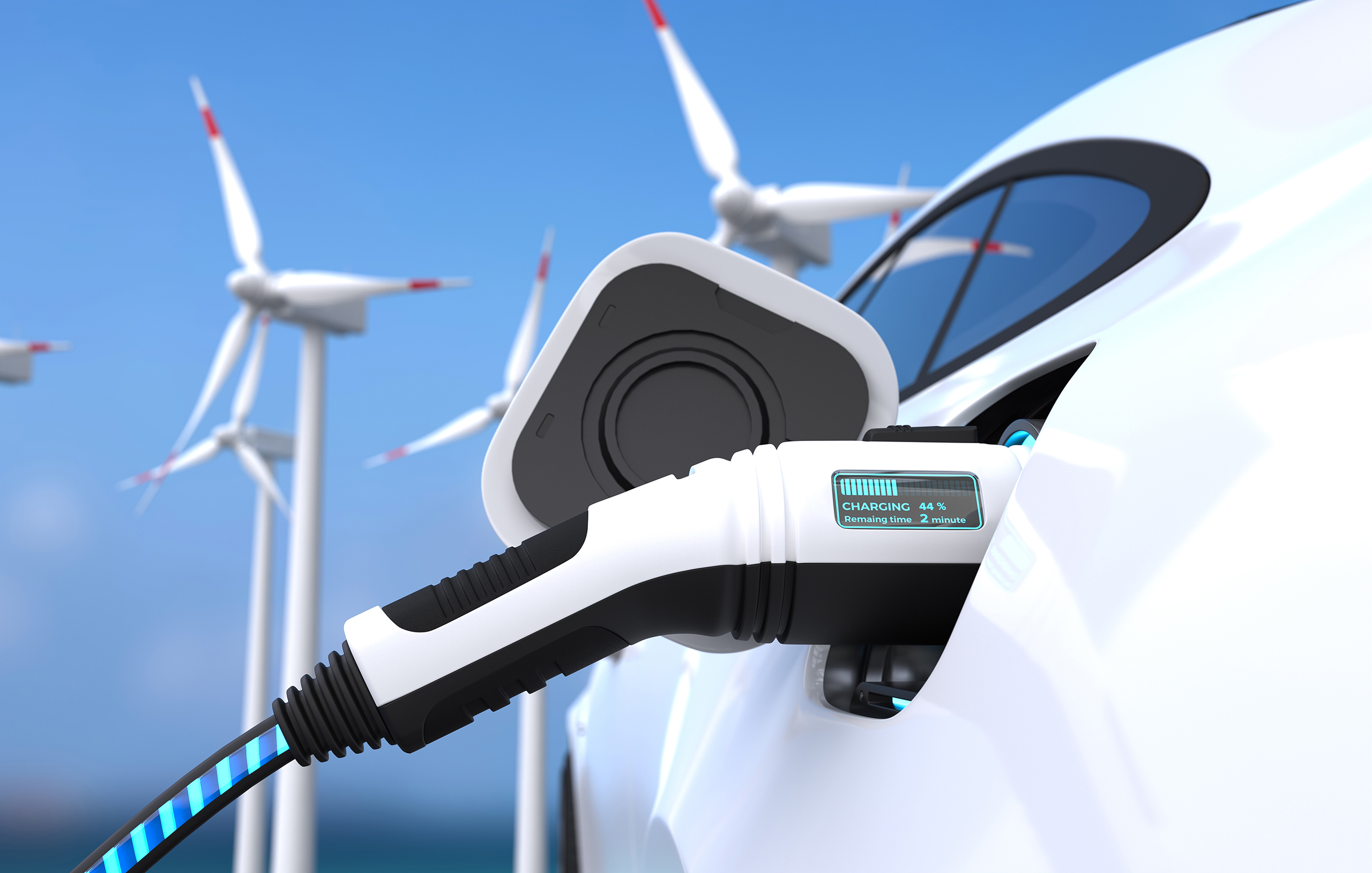
Intelligent Battery Management Systems (BMS) In addition to advancements in battery materials, improvements in intelligent Battery Management Systems (BMS) will be a key factor in enhancing future range. BMS can monitor battery status in real-time, optimizing charge and discharge strategies and preventing issues such as over-discharge and overheating, thereby extending battery life and improving range efficiency.
Fast Charging Technology and Wireless Charging The further development of fast charging technology will also significantly improve the range performance of electric vehicles. Some EVs on the market can now charge up to 80% in just 30 minutes. Future ultra-fast charging technology, such as 800V charging systems, may reduce this time to 10-15 minutes. According to Porsche’s experimental data, its Taycan EV can charge from 5% to 80% in 22.5 minutes using an 800V architecture, providing a more convenient range extension for users.
Moreover, advancements in wireless charging technology will make EVs more convenient to use in daily life, especially with the development of autonomous driving technology. In the future, vehicles may automatically charge themselves in parking lots or other designated areas. This widespread adoption of wireless charging could further eliminate consumer concerns about range and charging.

6. Conclusion
In summary, although the range achievement rate of most NEVs is currently between 60% and 80%, this performance is sufficient to meet the needs of most daily journeys. In fact, with the continuous improvement of charging networks and battery technology, NEVs perform excellently in everyday commuting and urban travel. Moreover, owners can further improve range performance by managing charging habits and driving styles effectively. For most consumers, NEVs not only offer environmental and economic benefits but also have sufficient range to handle daily driving, making the driving experience easier and more efficient.
